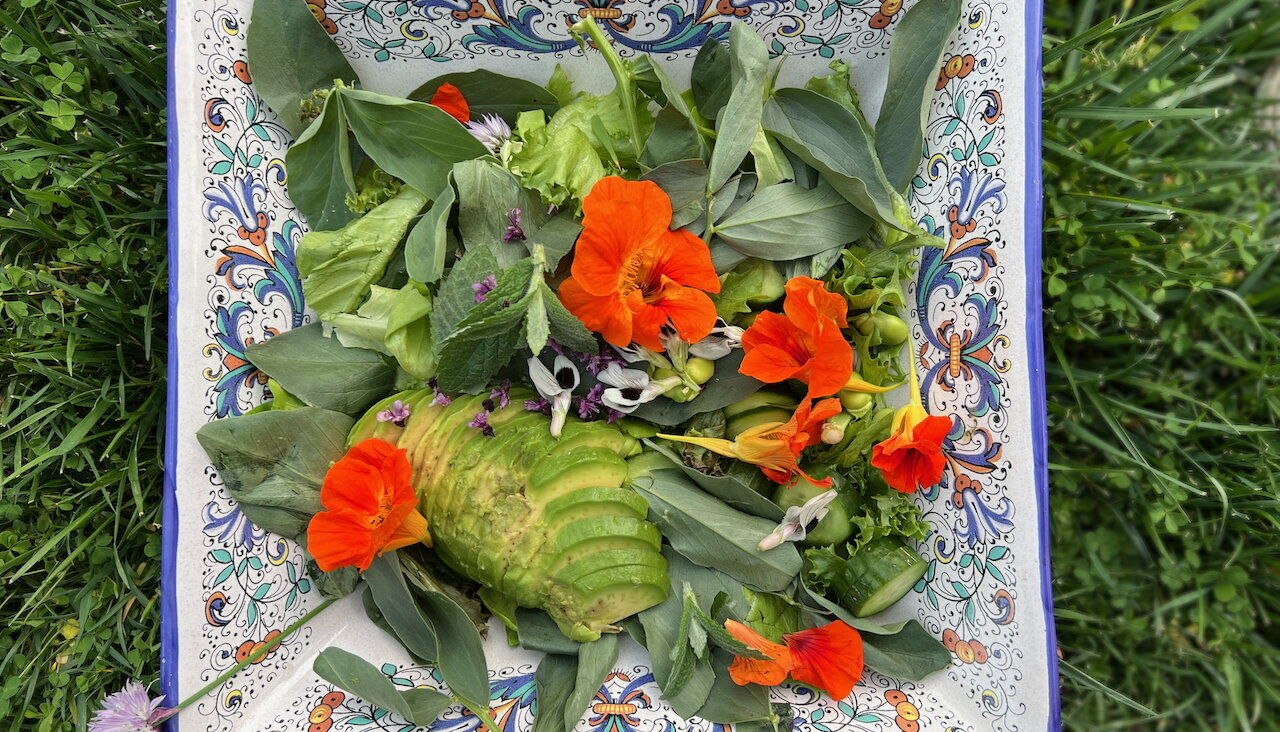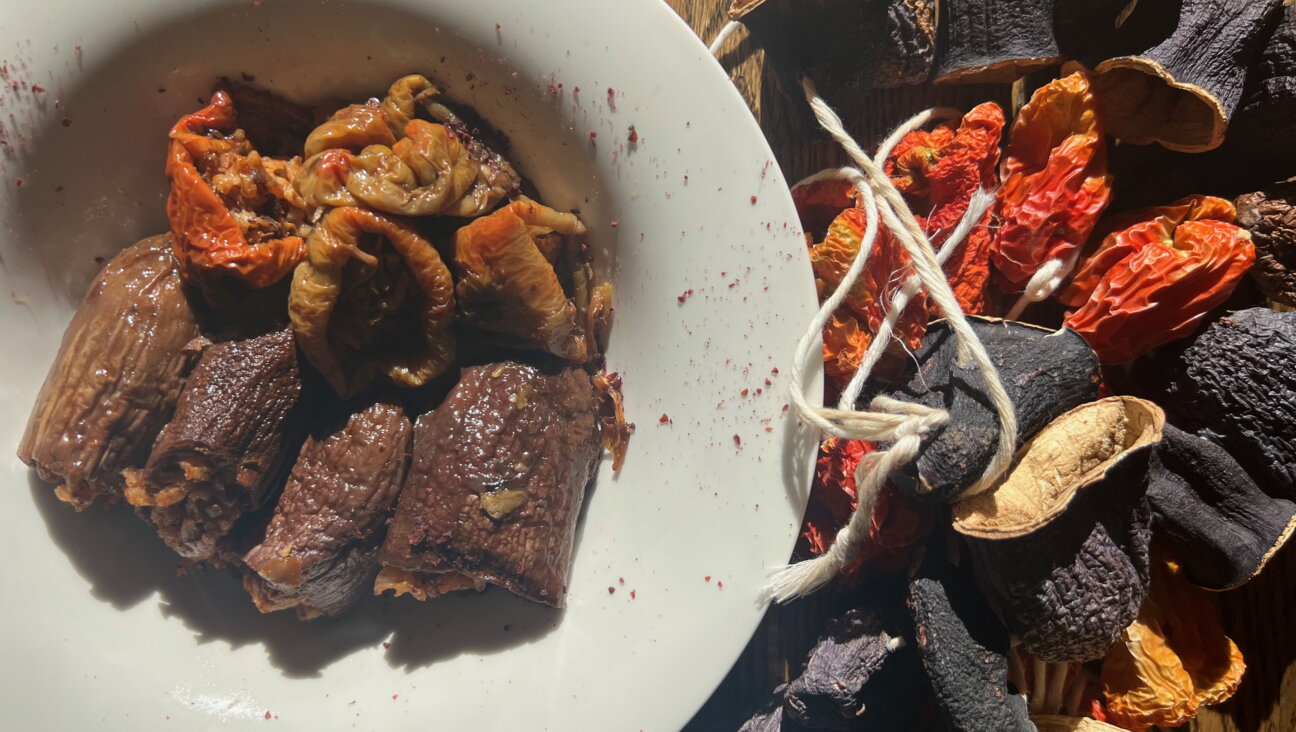A Community Garden For the Homeless Sprouts in San Francisco

Image by Photo By Laura Rumpf
“This is not your average garden,” chuckles Yvette Parnell as we survey the former Hayes Valley parking lot that has been transformed into the Growing Home Community Garden on a stunningly clear January afternoon.
Indeed, a full tour and history of the vibrantly decorated urban garden reveals the magic contained not only in its lush expanse of edible crops, perennials, and herbs, but in its transformative effects on the homeless and housed San Franciscans who have joined forces to create this open green space in the heart of the city for all to enjoy.
The vision for the Growing Home Community Garden (GHCG), located at 250 Octavia Street in San Francisco, sprouted two years ago from Judith Klein, founding director of Project Homeless Connect a program which has connected over 27,000 homeless individuals with essential services since its inception in 2004. The intention of the garden was to offer a safe haven for people to get off the street, or out of shelters for a bit, and have the opportunity to experience the responsibility and nurturing involved in growing edible plants from scratch. Many, but by no means are all of the volunteer members homeless, in shelters, or formerly homeless. They meet weekly over communal meals to discuss different goals for the garden, and to share the work involved in maintaining an ambitious array of crops, including kale, cauliflower, berries, apples, carrots, passion fruit, and six different kinds of tomatoes. To date, over 285 people, including neighbors, students, artists and community members have participated in the garden’s efforts.
Of course, reaping a generous harvest that can be shared amongst all who are hungry is a large component of the garden’s mission, but Yvette Parnell, who one of the garden’s three staff mentors, emphasizes that just as important as growing food is nurturing a shared sense of community-an intention that has had incredible healing effects on many volunteer members.
“I’ve seen people get off the street, get away from the temptations of addiction, and into jobs through coming here,” says Yvette. She recalls twelve men who came every day for weeks over the summer from the Walden House for Substance Abuse Treatment. “They were able to double-dig and help plant the entire collection of planter boxes you see here in the garden in no time,” she says.
Evidence that this is more than a garden is spread throughout. Playfully colored signs advertise weekly yoga, a new offering from one of the garden volunteers. Homemade artwork decorates the fenced in space, adding to its oasis affect alongside a busy, trafficked intersection. Skill share workshops led by volunteers occur regularly, including Art and Stress Reduction Classes, Addiction Recovery Meetings, and a Veterans Support Group.
I first heard about the Growing Home Community Garden through participation in Jewish Volunteer Day, the Jewish Community Relations Council’s annual day of service with Project Homeless Connect. Four times a year, Project Homeless Connect organizes a one-stop shop for homeless people to connect with different services available, including food stamps ,health care, and possibilities for employment. The day brought up a lot of questions about food access and inequality, and prompted the question- what can we as Jews on an ongoing basis to address hunger and poverty present in our own community?
The community garden project strikes me as the ideal example of a way to meld Jewish values of Tikkun Olam, and extending a helping hand to our neighbors, with our community’s growing enthusiasm for enjoying sustainably grown food, and returning to nature in our hectic, city lives.
Several Jewish organizations in the Bay Area have already been doing a phenomenal job of bringing visibility to the concept of urban gardening of late, including Urban Adamah, Hazon, and Wilderness Torah. It’s no wonder these environmentally focused organizations are enjoying great popularity when you consider our Jewish culture is rich in traditions and holidays centered around honoring the earth for the nourishment that it gives us. The upcoming holiday of Tu Bishvat, the New Year of the Trees, which has been considered in recent times by environmentalists to be a sort of Jewish Earth Day is a perfect example. In addition to celebrating by eating a variety of traditional fruits and seeds, many Jews see this as a time to reevaluate our relationship to the earth, and how we can cultivate a deeper sense of connection between the food that sustains us, and the land from which it came.
Perhaps those looking for a way to deepen their connection with the Tikkun Olam efforts and community building this Tu Bishvat, or really any free afternoon might consider rolling up their sleeves and planting some perennials, or watering a passion fruit tree at the Growing Home Community Garden, which is open every Monday, Wednesday and Friday afternoon. I for one, look forward to some dirt under my nails in the new year.
Laura Rumpf is the Program Associate for Intergroup Relations and Legislative Affairs at the Jewish Community Relations Council in San Francisco.
The Forward is free to read, but it isn’t free to produce

I hope you appreciated this article. Before you go, I’d like to ask you to please support the Forward.
Now more than ever, American Jews need independent news they can trust, with reporting driven by truth, not ideology. We serve you, not any ideological agenda.
At a time when other newsrooms are closing or cutting back, the Forward has removed its paywall and invested additional resources to report on the ground from Israel and around the U.S. on the impact of the war, rising antisemitism and polarized discourse.
This is a great time to support independent Jewish journalism you rely on. Make a gift today!
— Rachel Fishman Feddersen, Publisher and CEO
Support our mission to tell the Jewish story fully and fairly.
Most Popular
- 1

Culture Cardinals are Catholic, not Jewish — so why do they all wear yarmulkes?
- 2

Fast Forward Ye debuts ‘Heil Hitler’ music video that includes a sample of a Hitler speech
- 3

News School Israel trip turns ‘terrifying’ for LA students attacked by Israeli teens
- 4

Fast Forward Student suspended for ‘F— the Jews’ video defends himself on antisemitic podcast
In Case You Missed It
-
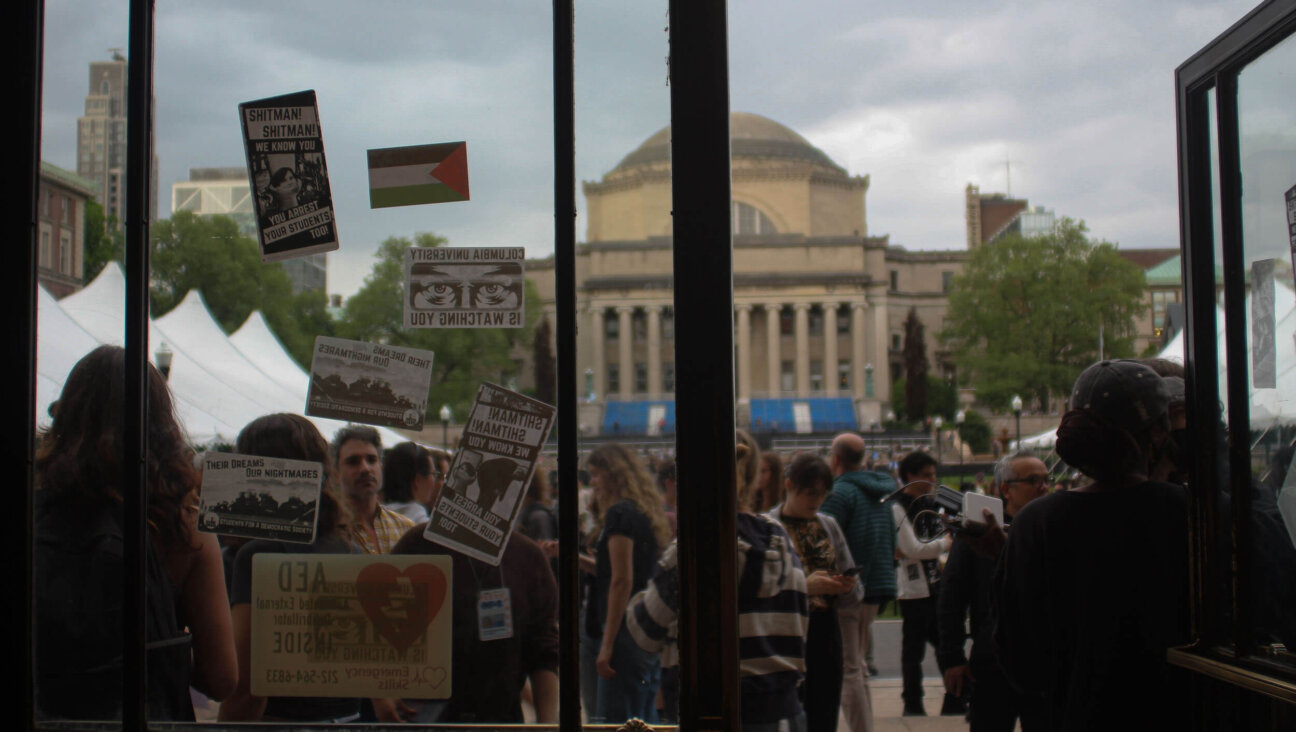
Opinion This week proved it: Trump’s approach to antisemitism at Columbia is horribly ineffective
-
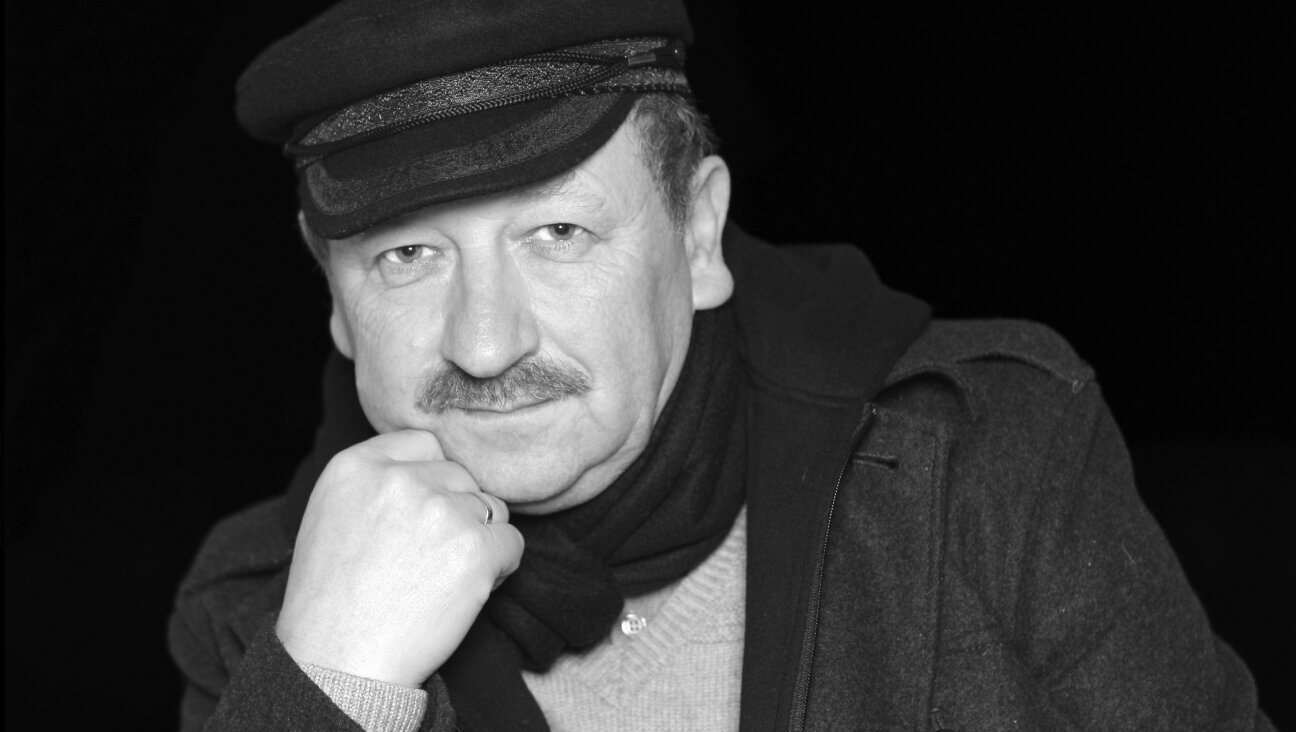
Yiddish קאָנצערט לכּבֿוד דעם ייִדישן שרײַבער און רעדאַקטאָר באָריס סאַנדלערConcert honoring Yiddish writer and editor Boris Sandler
דער בעל־שׂימחה האָט יאָרן לאַנג געדינט ווי דער רעדאַקטאָר פֿונעם ייִדישן פֿאָרווערטס.
-

Fast Forward Trump’s new pick for surgeon general blames the Nazis for pesticides on our food
-
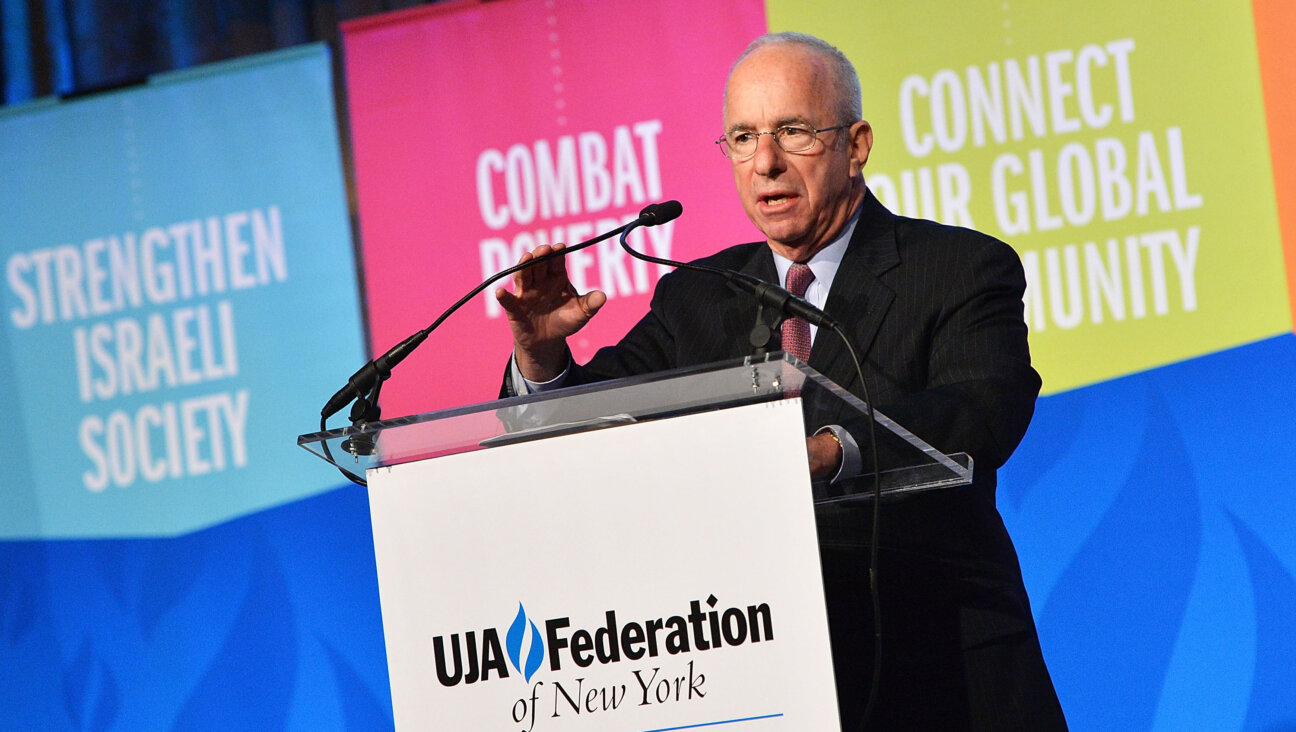
Fast Forward Jewish feud over Trump escalates with open letter in The New York Times
-
Shop the Forward Store
100% of profits support our journalism
Republish This Story
Please read before republishing
We’re happy to make this story available to republish for free, unless it originated with JTA, Haaretz or another publication (as indicated on the article) and as long as you follow our guidelines.
You must comply with the following:
- Credit the Forward
- Retain our pixel
- Preserve our canonical link in Google search
- Add a noindex tag in Google search
See our full guidelines for more information, and this guide for detail about canonical URLs.
To republish, copy the HTML by clicking on the yellow button to the right; it includes our tracking pixel, all paragraph styles and hyperlinks, the author byline and credit to the Forward. It does not include images; to avoid copyright violations, you must add them manually, following our guidelines. Please email us at [email protected], subject line “republish,” with any questions or to let us know what stories you’re picking up.








